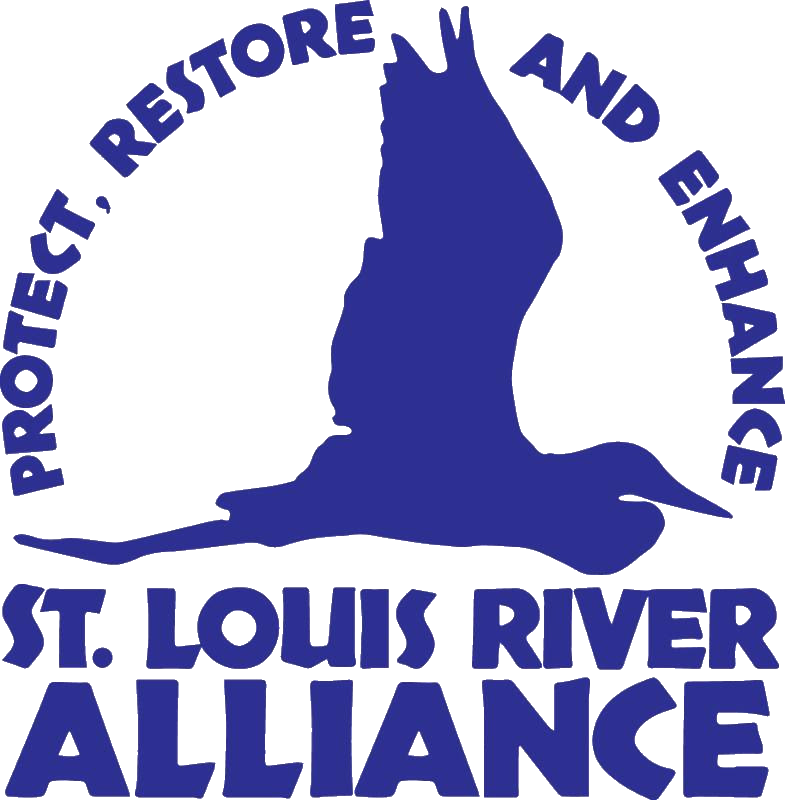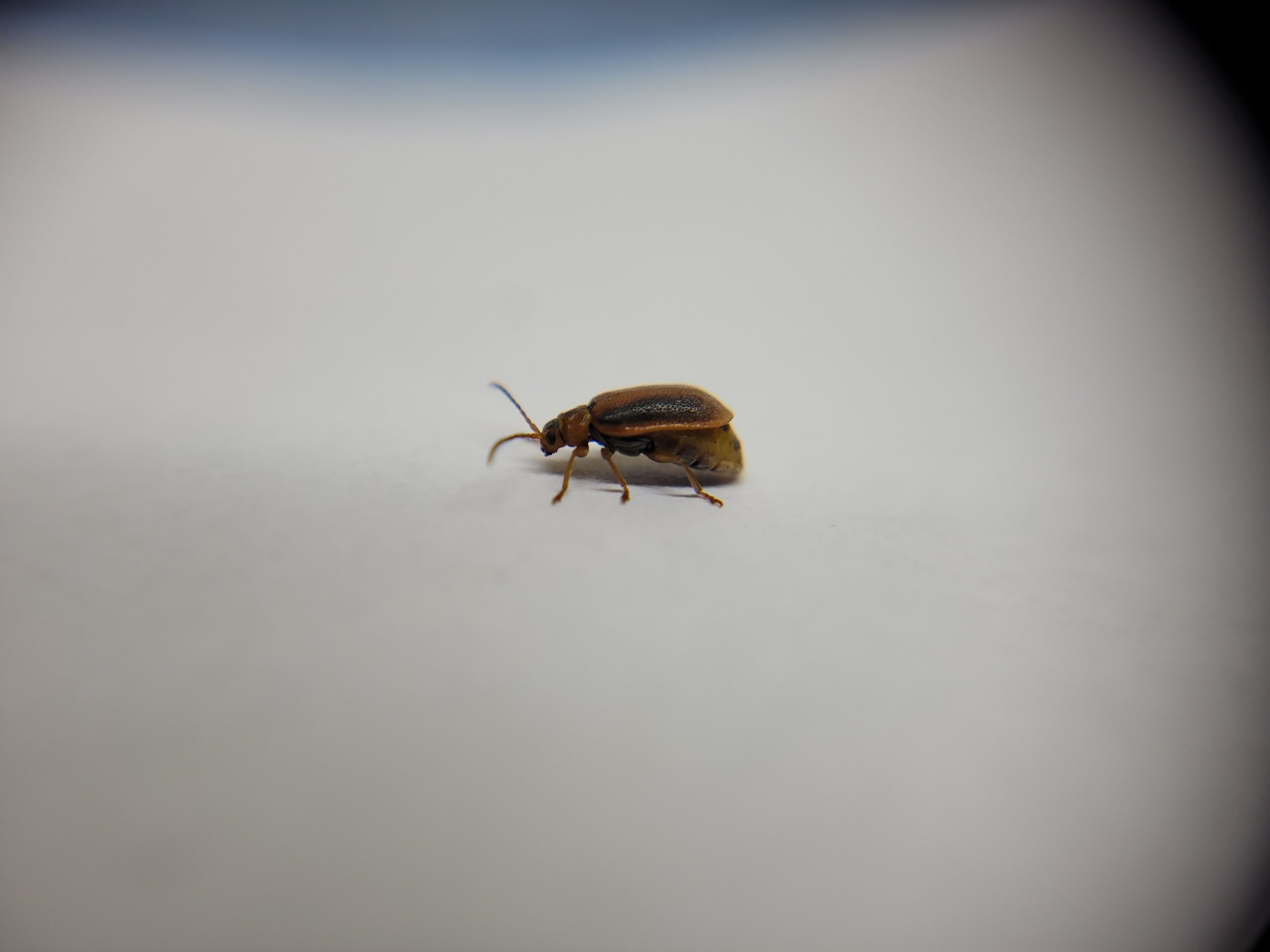Invasive Species Removal & Clean Up at Woodstock Bay Landing










On Wednesday, September 21st from 5:00-6:30 p.m. the St. Louis River Alliance, in partnership with the City of Superior, hosted a volunteer cleanup and invasive species removal event at Woodstock Bay Public Landing in Superior, Wisconsin.
The Alliance and volunteers removed two large contractor bags of Purple Loosestrife flowers by hand, as well as collected garbage at the landing. Purple Loosestrife is a wetland plant with showy purple flowers and is considered an invasive species. Thank you Dara with the Wisconsin Department of Natural Resources for sharing about Purple Loosestrife and building context around the negative impacts the plant can have on native plants! And thank you to the volunteers who came out to make this landing a better access point for those who want to enjoy the St. Louis River Estuary National Water Trail!
LEARN MORE
Purple Loosestrife Fact Sheet: https://dnr.wisconsin.gov/topic/Invasives/fact/PurpleLoosestrife.html
LEARN MORE
Purple Loosestrife is a wetland plant with showy purple flowers and is considered an invasive species. As the picture shows, Purple Loosestrife is a beautiful perennial, which is one reason it found it's way to America from Europe and Asia. However, when things are introduced in new environments without the proper insects or diseases to control it, things can get out of hand. Without anything balancing the system, Loosestrife can grow faster than our native wetland plants and produce larger amounts of seed, while also shading out native competitors.
This results in a decline in plant diversity, threatening many endangered plants. Wetland animals that depend on native plants for food and shelter are then negatively impacted. All of this can cause wetland changes that may reduce an ecosystems ability to trap and clean water. Everything is connected!
WHAT CAN WE DO ABOUT IT?
Wisconsin DNR has been using 'Cella Beatles' - pictured (Galerucella calmariensis and G. pusilla) as a biocontrol. These insects depend only on loosestrife and do not threaten native plants. This is classic biocontrol, and it is likely the best long-term control for loosestrife, reducing the need for other more costly and disruptive controls, such as herbicides.
"Cella" beetles feed on its leaves and shoots (pictured). Cellas monitored in the state and elsewhere have decreased the vigor, size and seed output of purple loosestrife, allowing native plants to survive and increase naturally by competing better against smaller loosestrife plants.
The length of time required for effective biocontrol in any particular wetland typically ranges from one to several years, depending on such factors as site size and loosestrife density. Though loosestrife elimination is rare, this process offers effective and environmentally sound control of the plant without herbicides.






